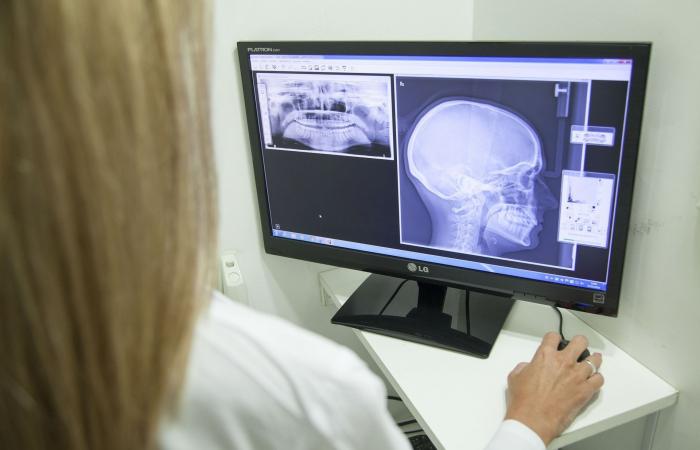Projects on artificial intelligence dedicated to improving services are in preparation at the CISSS de la Montérégie-Ouest (CISSSMO). The integration of this technology will first be carried out “on a small scale”, to ensure its reliability.
“I’m often asked why we can’t go faster, but there is also an ethical side and we can’t integrate AI if it harms,” explains Kathy Malas, director of research and innovation. and learning at CISSSMO.
Among the project ideas, we find an AI tool that records an interaction between the patient and the clinician, transcribes it and provides it with a structure, to then generate a clinical note according to defined templates.
“When I was a clinician and I evaluated a child, I had an evaluation report with a structure and it took me two hours to complete the documentation,” explains Ms. Malas. With this tool, it would be enough to reread and approve the report, to save time. What we like is seeing patients.”
The CISSS de la Montérégie-Ouest would also like to set up a conversational agent, in the same style as ChatGPT, which would make it possible to hold a library of procedures, to facilitate research.
“A clinician must follow care and protocol procedures and it is hard to do this research for a new person who, for example, wants to know the procedure for washing hands. With the agent, it would allow the information to be released in a timely manner.”
For emergencies in hospitals
An AI tool for radiology imaging in emergency departments is under discussion. (Photo: Pixabay)
Kathy Malas also puts forward ideas for projects that would be interesting to implement in the Anna-Laberge, Suroît and Barrie Memorial hospitals.
Under discussion at the CISSS, an AI tool for radiology imaging in emergencies would detect musculoskeletal injuries, such as fractures, and help the radiologist or emergency physician.
“Emergency is 24/7 [jours]and the radiologist is not always there, informs Ms. Malas. This tool would make it possible to detect the presence of a fracture lesion and support the emergency physician in prioritizing images for more urgent cases.”
“It would also reduce the waiting time in the emergency room because patients are waiting for the radiologist’s results to be discharged or have hospitalization confirmed,” she adds.
In terms of artificial intelligence at the future Vaudreuil-Soulanges hospital, the CISSSMO focuses on data architecture.
“AI could historically predict that, when there is a hockey game, there are fewer people in the emergency room and there is a drop in flow,” she says. But when it’s back to daycare, there is a peak in emergency rooms and we would ask for more nurses at that time.”
And oncology
In the CISSSMO network, artificial intelligence could optimize the scheduling of oncology appointments for radiotherapy and chemotherapy treatments.
“To set an appointment, it’s complicated because there are different factors, such as the availability of the doctor, the time and the type of treatment,” says Kathy Malas. The scheduling officers had schedule gaps that were not filled. AI tools would make it possible to fill in the programming.”







